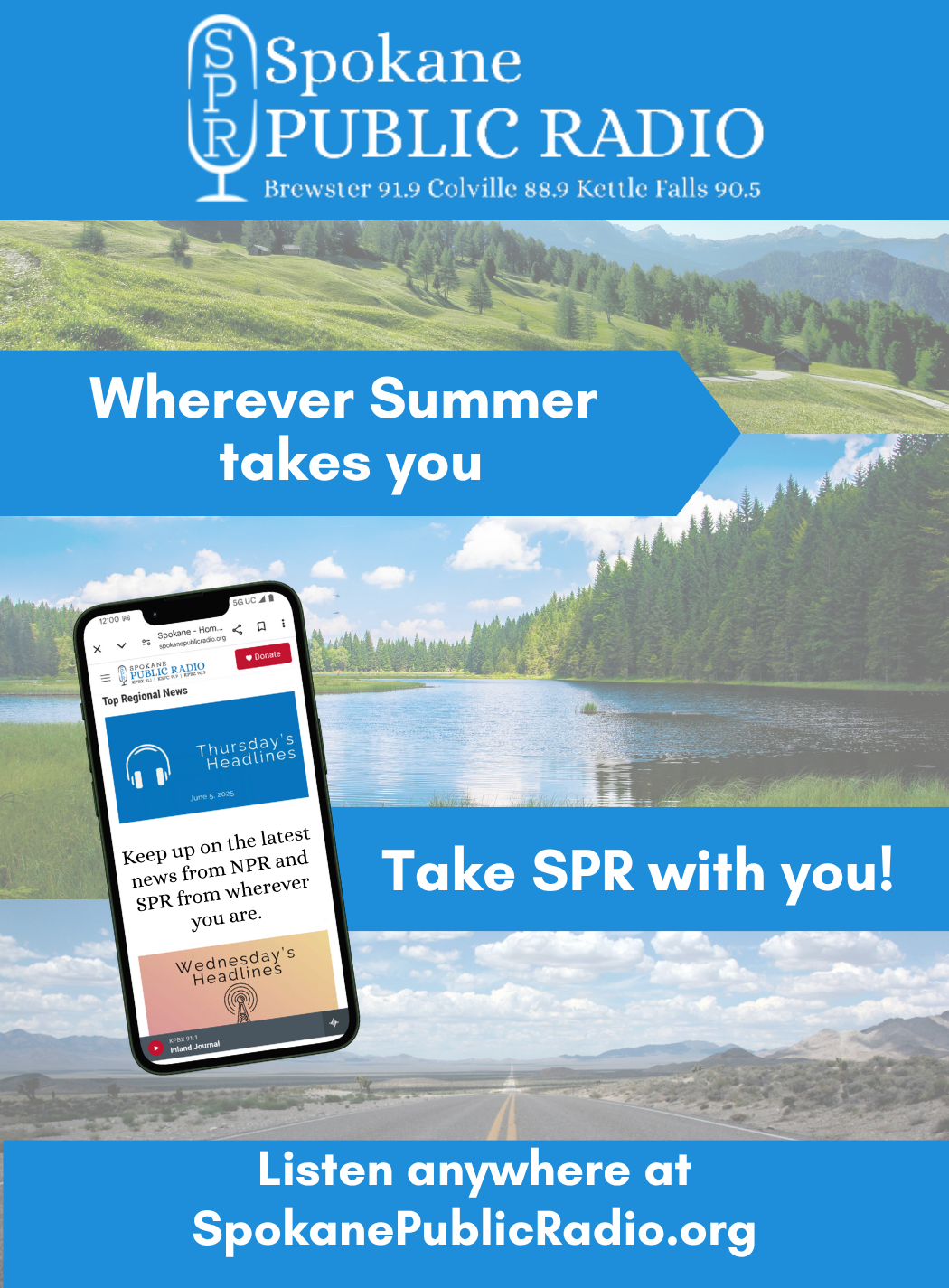
In the last article I spoke about junk science and good ole’ everyday smarts. So I figure we can expand on that a bit this time and get into something that really makes me crazy. Correlations. I know I’ve spoken about them before – very briefly – but they are worth a further discussion. More like a lashing. But oh well.
Basics first folks, measure one thing, and measure another thing at the same time. Put those measurements together and do a little fancy math (not really that fancy) and you’ve got yourself a correlation – “co” + “relation”. A relationship between two things (variables). Keep in mind: CORRELATION does not equal CAUSATION.
The correlations we all love to joke about are things like ice cream sales and crime rate – and how they are linked (very closely mind you) or shoe size and intelligence. These are easy to see the fault in – obviously the thing affecting the relationship between ice cream sales and crime is temperature. As the temp goes up, so do the sales of ice cream and the commission of crimes. We call this third variable a “confound” (or a confounding variable, or a concomitant variable). These confounds are things that MAY explain the link between two other things we are measuring. What do you think about the shoe size and intelligence – do you really believe that someone with bigger feet is smarter? What do you think is the confounding variable that may explain this relationship (see footnote).
Clearly you can see then that shoe size does not CAUSE intelligence and that crime rate does not cause an increase in ice cream sales. So what? What does that have to do with you? Lots – I promise. Correlations produce an illusion of cause – they make us feel like we understand something when we really don’t know much about it. In a sense – they give us order in our world. We like that. The problem is – they are drastically misleading.
Ever wonder why your garlic is growing better this year? I know mine grows better when I plant the first bulb on the shortest day of the year. Or was it simply that I used fresher soil this year compared to last? I always feel better when I eat more. No joke. But of course, I’m also spending more time in the gym. Taking a new supplement and it makes you feel like a rockstar? It is likely that you feel that way just because of the expectation of taking the supplement. Eating certain foods and being healthier, less healthy? Or is it that those who eat carrots all the time also exercise more? The list goes on – from education, to health, to success (habits of billionaires anyone?).
The media tends to latch onto these types of studies. They are easy to report on. They are fun to write about. They are sensational. They genuinely do seem to bring order to our world (possibly the most basic human endeavor). However, you MUST be cautious. Please. Use your smarts. Ask yourself – is there ANYTHING that could POSSIBLY explain this connection other than what is being presented?
I know I’m being kinda harsh on correlational science. And I also know it has it’s value. Specifically, correlations help us understand where to focus our more powerful scientific endeavors – they direct us to what experiments to run to further our understanding of our world.
Experiments do not rely on correlations – they rely on controlling as many factors as possible and comparing a single difference between various conditions. This allows us to measure the effects of a single variable on another one (i.e., cause). True causation is drastically difficult to achieve and not something tossed around lightly.
Hop onto our Facebook page folks – and post about your favorite correlation you have found in the news lately – or heard around the watering hole. There’s millions – and they’re surely fun to talk about – just don’t take them too seriously!
Footnote: the relationship between shoe size and IQ results in a positive correlation ONLY if you compare adults to children. So age is the confounding variable.


